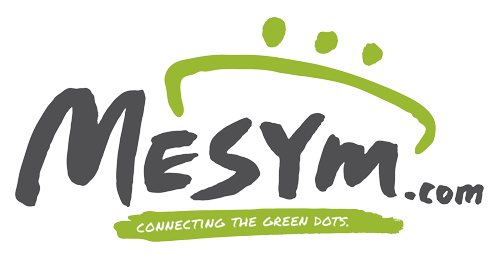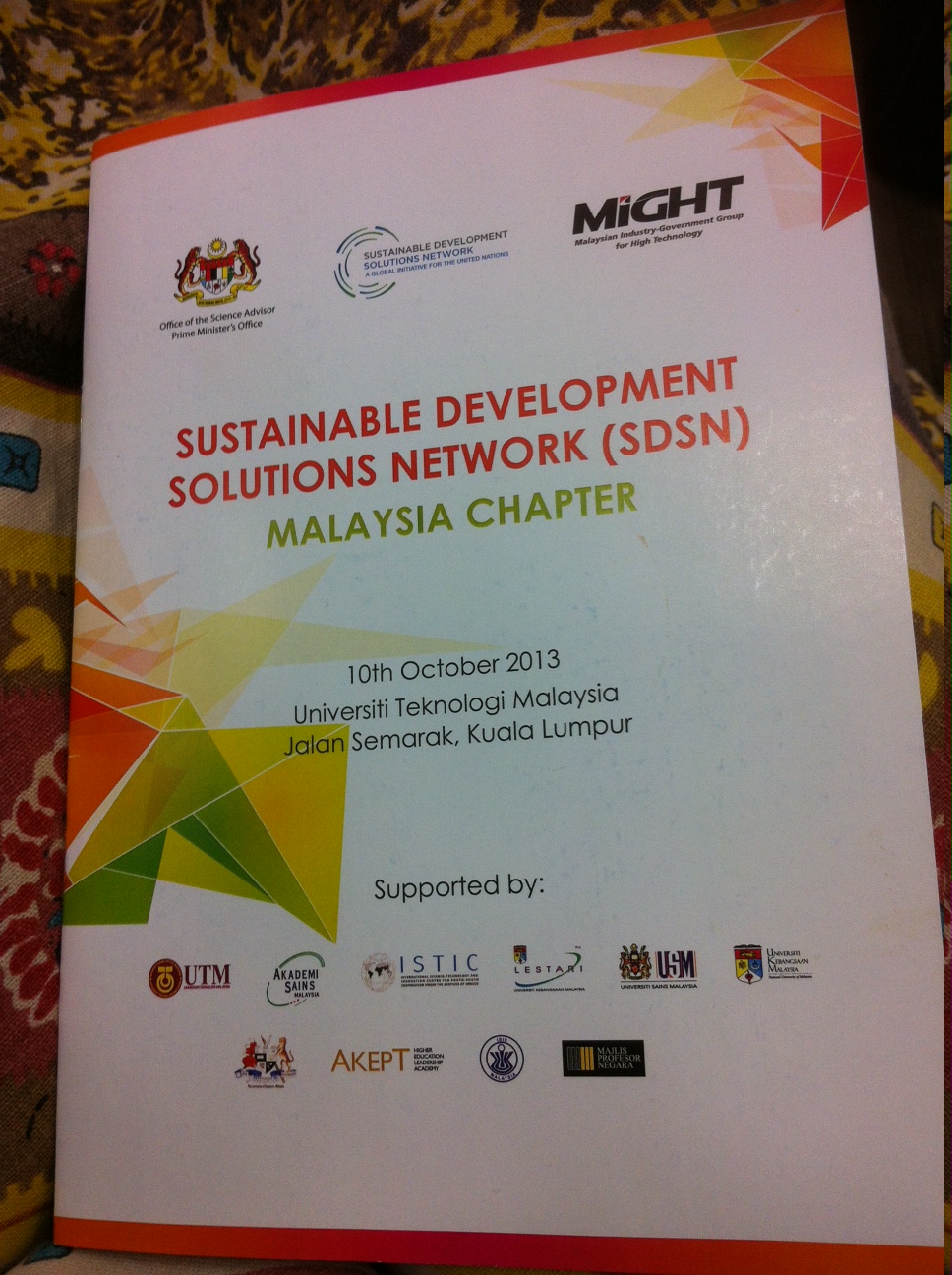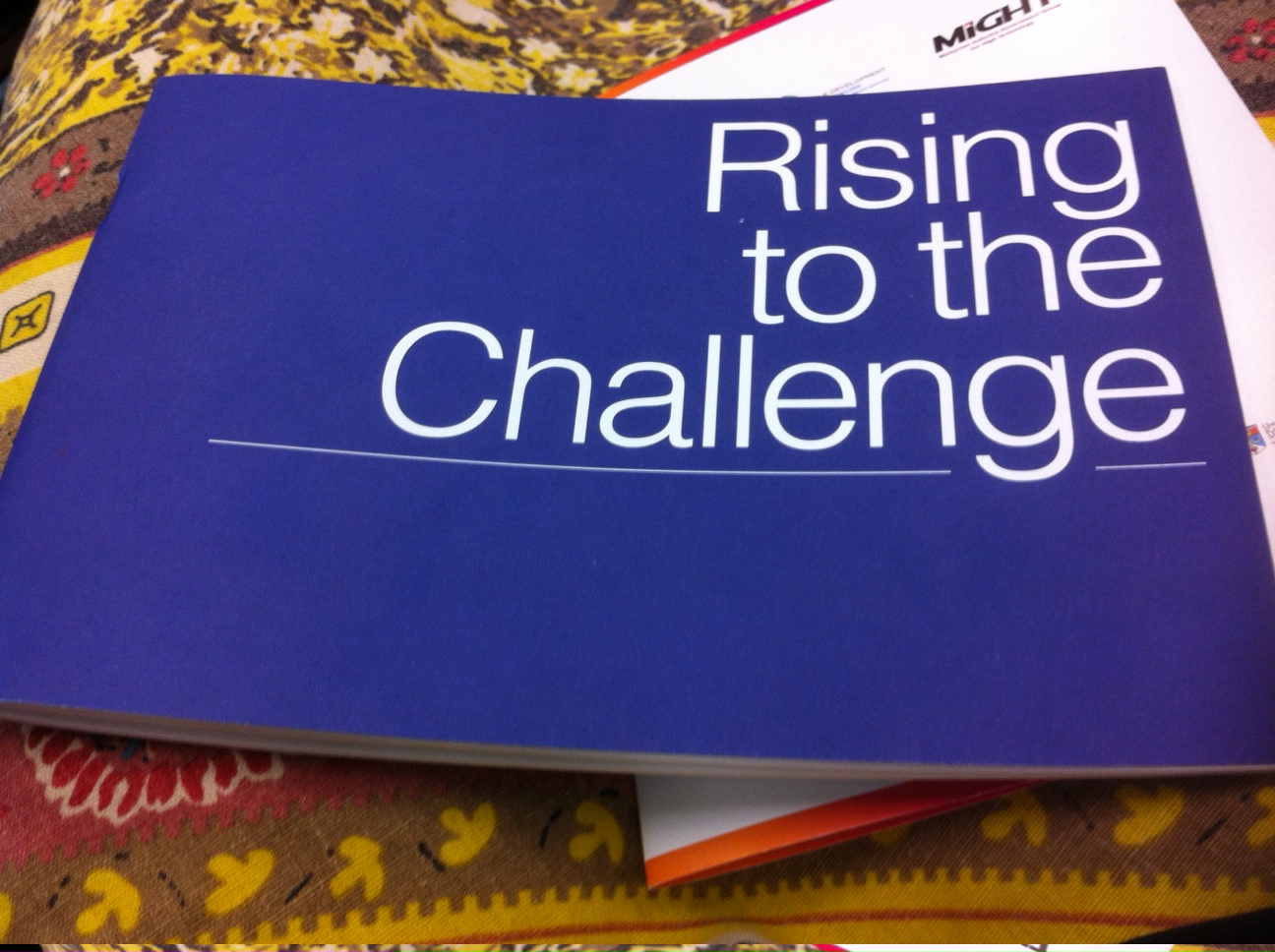I attended the launch of the Malaysian Sustainable Development Solutions Network (SDSN) chapter on Thursday morning (October 10, 2013) at Universiti Teknologi Malaysia (UTM). The SDSN is a global initiative launched by UN-Secretary-General Ban Ki Moon and aims to bring together international knowledge from academia, social society, and the private sector towards delivering holistic, integrated and action-oriented solutions to sustainable development challenges. SDSN is led by celebrity development economist Professor Jeffrey Sachs, who was present at the launch of the Malaysian Chapter. Also present was Professor Emeritus Dato’ Sri Dr. Zakri Abdul Hamid, the Science Advisor to Prime Minister of Malaysia and Chair of the Intergovernmental Platform on Biodiversity and Ecosystem Services (IPBES), YB P. Kamalanathan, the Deputy Minister of Education II, as well as representatives from various universities and institutes who participated in two interactive panel discussions, titled “Best Practices of Sustainable Development in Malaysia” and “Towards Knowledge Based Solutions for Sustainable Development Challenges”.
Considering the network is led by an economist, I was disappointed that I didn’t hear a single mention of environmental economics and only one allusion to solutions from the application of environmental economics in the 4 hours we were there. We also only heard about the costs to development that sustainability would entail; nobody spoke about how with a sustainable model of development we would likely end up economically richer than we would using our current economic model.
And that is the point of sustainable development. We have recognised that with the way we are currently developing we are going to run into some serious trouble in the not so far future, and that trouble is going to cost us, a lot. Clean-up and re-building after more frequent natural disasters, clean water shortages and food shortages, to name a few, are going to be very costly. Not only that, but we are going to have fewer of the finite natural resources we are currently losing/destroying to help us deal with these costs. With a sustainable development model, we hope to avoid or at least mitigate these costs somewhat, as well as to ensure that we develop a means to utilise renewable resources that we can turn to to run future economies as well as preserve or sustainably use resources that are not renewable, or which renew very slowly. None of this was mentioned at the SDSN launch.
Right now, there is a popular misconception that the economic value of our natural environment is zero, and a less popular misconception that the economic value is infinite. Neither of these are true and we use environmental economics to recognise this value and to give us an idea of what we are losing when we destroy these natural systems. This application of environmental economics is therefore important when we make the decision on whether to trade-off natural environments for land development, using a process called “Cost-benefit analysis”. This is already done in developed nations such as the UK, and would be an important step in sustainable development in Malaysia, yet this was also not mentioned at the SDSN launch, nor were there any suggestions on how we could even start to tap this value, apart from one brief mention from Prof. Mazlin Mokhtar from LESTARI about how local fishermen are benefiting from international tourist money from the geopark in Langkawi.
- Material provided for the SDSN launch in Malaysia
- Material provided for the SDSN launch in Malaysia
- Material provided for the SDSN launch in Malaysia
We could also use environmental economic theory to start putting a price on the ‘bads’ – the currently unpriced negative outputs that go along with consuming ‘goods’. If we Malaysians were forced to take these ‘bads’ into account in the prices of goods, the theory from environmental economics is that we would be consuming less bads in line with their costs. Of course this has to be balanced against the fact that Malaysia is a developing nation and that the government is also responsible for poverty eradication and helping Malaysians develop themselves. However, a coherent system of subsidies and taxes with input from environmental economic theory could encourage Malaysian-led sustainable development and technological innovation for a sustainable lifestyle. I know Malaysians can innovate and invent green technologies; I attended a technology fair at the world trade centre a few years ago and was blown away by the green technologies Malaysian students had come up with, yet few are on the market today. Perhaps this is because the costs of avoiding ‘bads’ are not large enough to create a demand for these technologies, and/or perhaps because there aren’t enough subsidies for bringing untried green technologies to market. Adopting a true sustainable development course today could put Malaysia at the forefront of green innovation and truly make Malaysia a green technology leader, a dream that many nations hold but few have actually taken the necessary steps to achieve. And no, we didn’t hear this at the SDSN launch either.
I’m not saying this because I’m an environmental economist, I’m saying this because I’m an environmentalist who recognises how our current economies work. Environmental economics is an important and valuable tool for sustainable development, and we need to start utilising it if we are ever going to get our current economic system to recognise the natural environment is a valuable resource, and one that we are wasting everyday.







